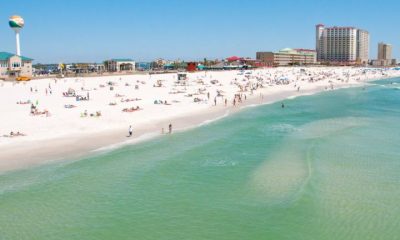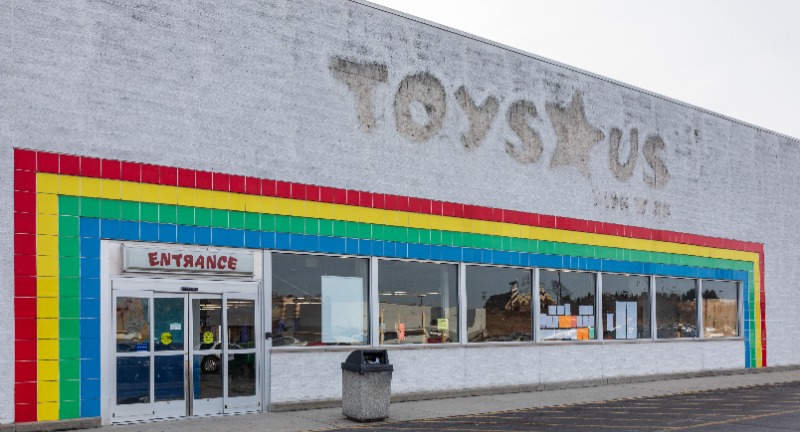
Shutterstock
Over the past few decades, the American retail landscape has undergone a seismic shift, leaving behind a trail of once-thriving stores that now exist only as memories. These iconic retail chains, from bustling department stores to beloved toy shops, were more than just places to buy goods, they were cultural institutions that shaped shopping habits and family outings.
Yet, faced with the rise of e-commerce, economic downturns, and shifting consumer preferences, many of these retail giants struggled to keep their doors open. In this article, we’ll take a nostalgic journey through 17 U.S. retail stores that were once staples in every community. Their stories serve as a reminder of how quickly the retail world can change, transforming beloved brands into chapters of history.
Toys “R” Us

Shutterstock
For decades, Toys “R” Us was the ultimate toy wonderland for kids and a must-visit destination for holiday shopping. Founded in 1948, the retailer grew into a global powerhouse, with Geoffrey the Giraffe becoming an iconic mascot. However, competition from online retailers and a significant debt burden led to its demise, and the company closed its U.S. stores in 2018. While there have been efforts to revive the brand, it has yet to regain its former glory.
RadioShack
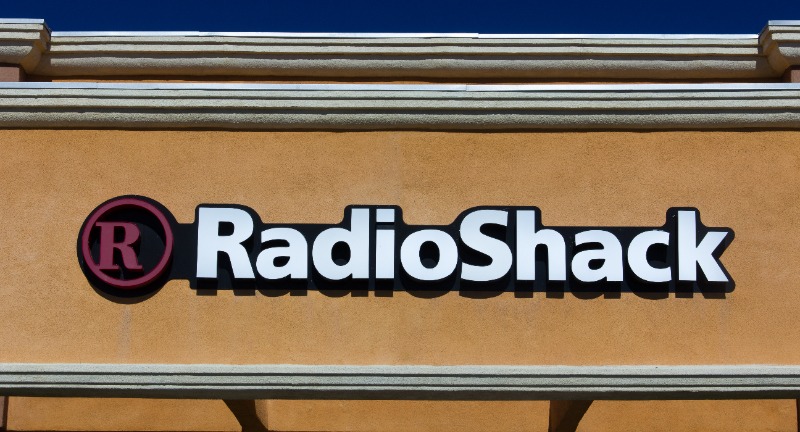
Shutterstock
RadioShack was an electronics haven for DIY enthusiasts and tech lovers, offering components, gadgets, and educational kits since 1921. At its peak, it had over 7,000 stores and was a go-to destination for everything electronic. However, the rise of big-box stores and e-commerce platforms made RadioShack less relevant, and after multiple bankruptcies, it closed the majority of its stores by 2015. A few locations still exist, but the brand’s legacy is a faint echo of its past.
Circuit City

Shutterstock
Circuit City, founded in 1949, was once one of the top electronics retailers in the U.S., offering everything from televisions to car audio systems. It was known for its knowledgeable staff and wide selection of cutting-edge products. However, aggressive competition from Best Buy and poor management decisions led to its downfall, and Circuit City filed for bankruptcy and closed all its stores in 2009. Despite attempts to revive the brand online, it never reclaimed its market share.
Blockbuster
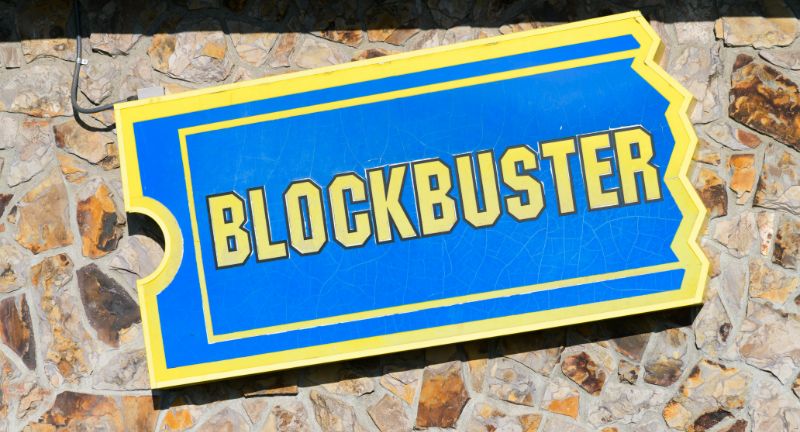
Shutterstock
Blockbuster revolutionized home entertainment when it opened its first video rental store in 1985. Known for its “Be Kind, Rewind” slogan, Blockbuster became a beloved weekend destination for families seeking movie rentals. Unfortunately, the rise of on-demand streaming services like Netflix led to Blockbuster’s rapid decline, and the chain declared bankruptcy in 2010. Today, only one independently owned Blockbuster store remains in Bend, Oregon, serving as a nostalgic reminder of a bygone era.
Borders
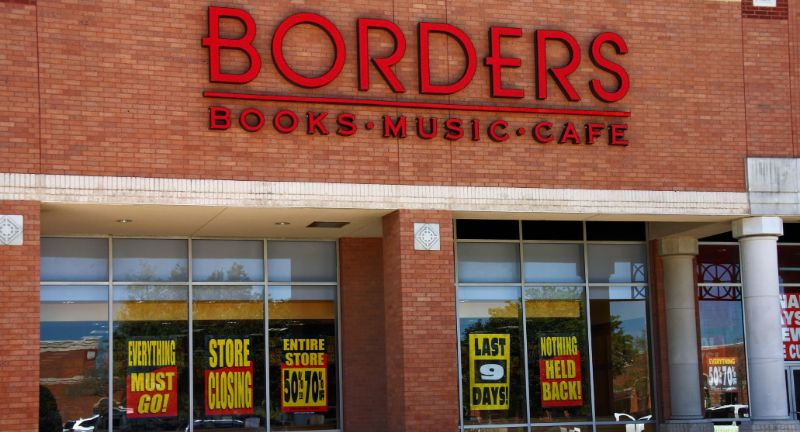
Shutterstock
Borders, founded in 1971, was more than just a bookstore—it was a gathering place for book lovers and casual readers alike. Its spacious stores featured cozy reading areas, extensive collections, and in many locations, coffee shops. However, as consumer preferences shifted towards e-books and online retailers like Amazon, Borders struggled to maintain its relevance and filed for bankruptcy in 2011. Its closure left a significant gap in the bookstore market, paving the way for the rise of independent bookshops.
The Limited
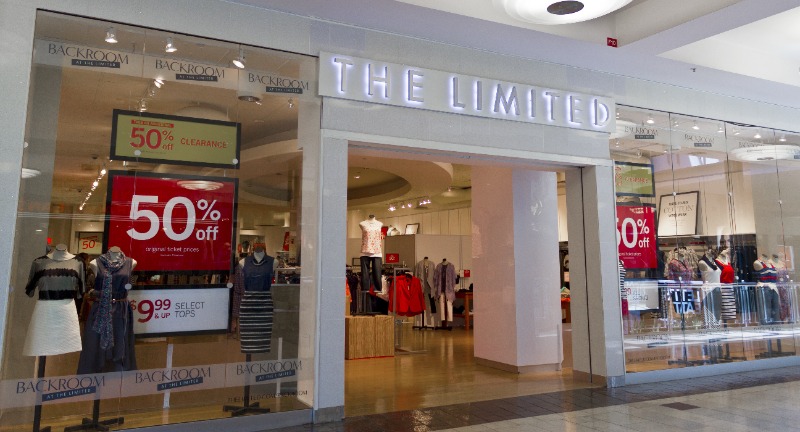
Shutterstock
The Limited was a staple of American shopping malls in the 1980s and 1990s, providing contemporary women’s fashion at accessible prices. Founded in 1963 by Leslie Wexner, the brand focused on stylish workwear and casual attire for young professionals. As fast-fashion brands like H&M and Zara gained popularity, The Limited struggled to keep pace and closed all its stores in 2017. While it continues to operate online, the brand no longer holds the influence it once did.
A&P (The Great Atlantic & Pacific Tea Company)

Wikipedia
A&P, founded in 1859, was once the largest grocery retailer in the United States, boasting over 15,000 stores at its peak. Known for its innovation, A&P was a pioneer in self-service grocery stores and private-label products. However, increased competition and a failure to modernize led to its decline, and A&P filed for bankruptcy multiple times before closing its last stores in 2015. Its closure marked the end of a 156-year history in American retail.
Montgomery Ward
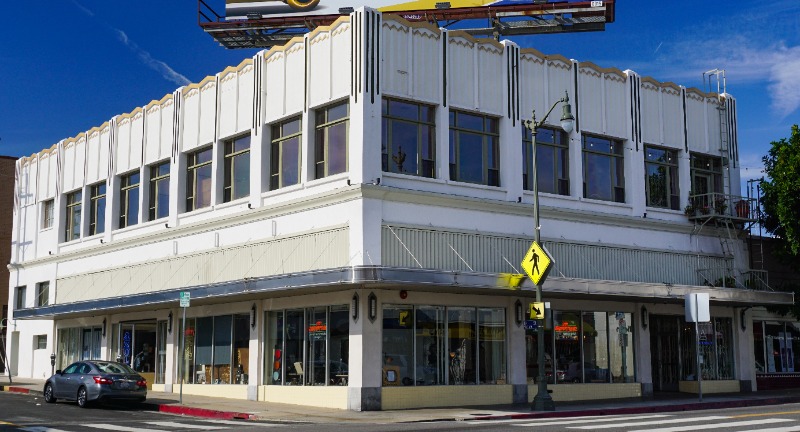
Shutterstock
Montgomery Ward, established in 1872, was an early innovator in mail-order catalogs and later expanded into department stores across the country. It brought a wide range of products, from clothing to furniture, to consumers in both urban and rural areas. But as competition from rivals like Sears and the rise of e-commerce took hold, Montgomery Ward faced mounting financial struggles and closed its remaining stores in 2001. Its demise signaled the end of a retail legacy spanning over a century.
KB Toys
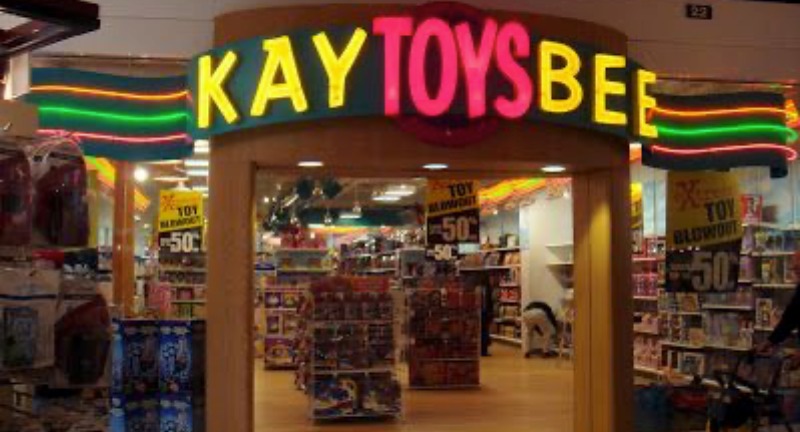
Pinterest
KB Toys, founded in 1922, was a cherished toy store chain that operated primarily in malls, making it a favorite stop for children and parents alike. Known for its frequent sales and well-stocked shelves, KB Toys was a convenient alternative to larger stores like Toys “R” Us. However, the chain filed for bankruptcy in 2004, and after a brief comeback attempt, it closed all its stores in 2009. Many still remember the excitement of browsing its aisles during the holiday season.
Linens ‘n Things
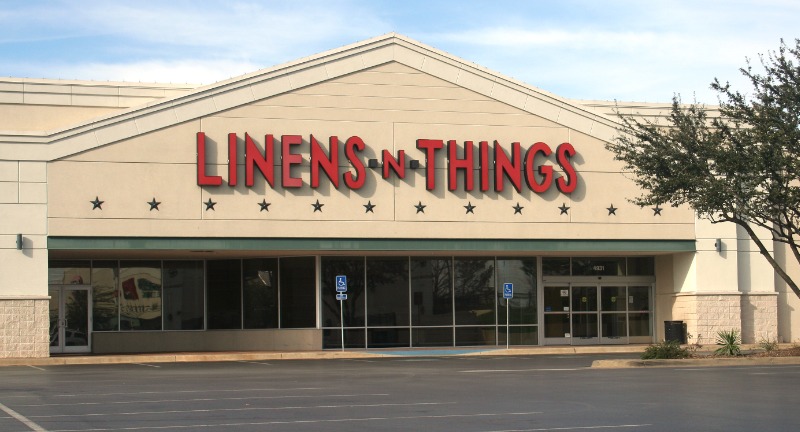
Shutterstock
Linens ‘n Things was a popular home goods retailer that catered to consumers seeking quality bedding, kitchenware, and home decor. Founded in 1975, it was a go-to destination for housewares, offering everything from cookware to stylish bedding sets. However, mounting debt and competition from Bed Bath & Beyond led to its closure in 2008. The brand continues to exist as an online retailer, but its once-ubiquitous physical presence is gone.
Filenes Basement
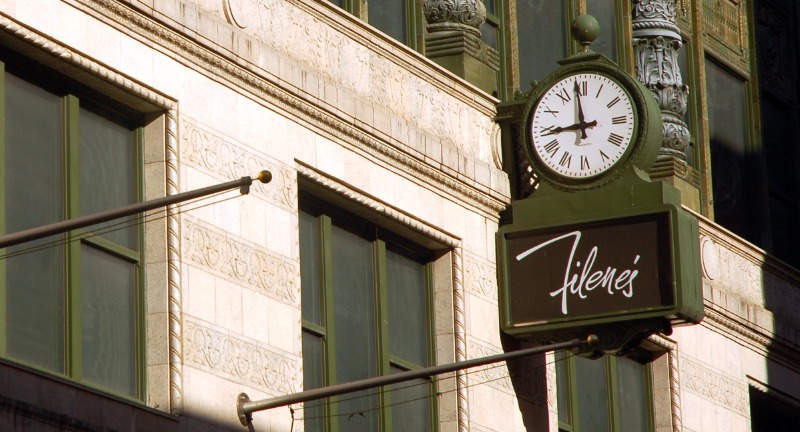
Shutterstock
Filenes Basement, established in 1908, was known for offering designer clothing and home goods at deeply discounted prices. Originating as a bargain basement for the upscale Filene’s department store, it became a shopping mecca for deal-seekers. However, changes in ownership and increased competition led to its bankruptcy and final closure in 2011. Its departure left a void for those who relished the thrill of finding high-end brands at unbeatable prices.
Bon-Ton
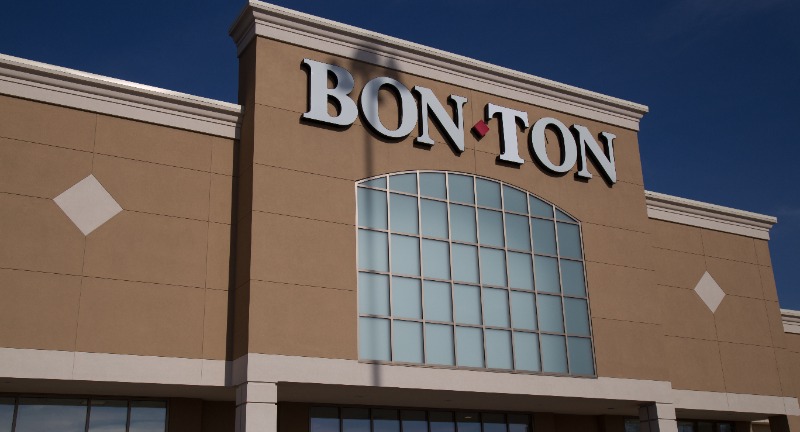
Shutterstock
Bon-Ton, founded in 1898, was a regional department store chain known for offering mid-range clothing, cosmetics, and home goods. It served as an anchor store in many small-town malls across the Midwest and Northeast. However, financial challenges and the shift away from mall shopping led to Bon-Ton’s bankruptcy and liquidation in 2018. The chain’s closure marked the loss of yet another traditional American department store.
Gimbels
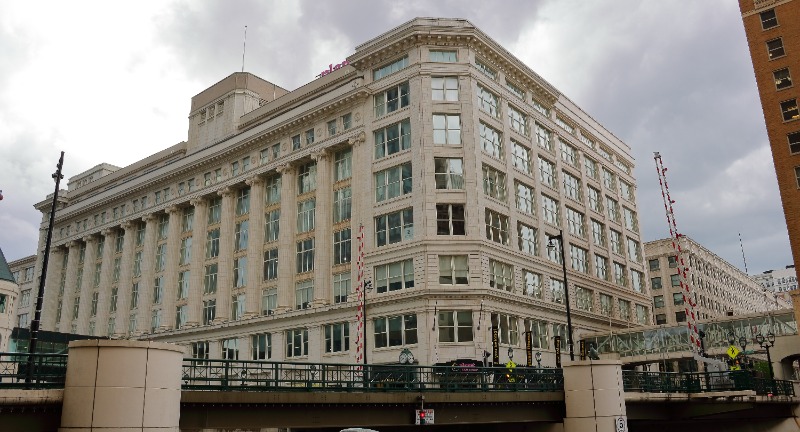
Shutterstock
Gimbels, a competitor to Macy’s for much of the 20th century, was a renowned department store founded in 1887. It became famous for its role in the Macy’s Thanksgiving Day Parade and its central location in major cities like New York and Philadelphia. Despite its popularity, Gimbels closed in 1987 due to financial difficulties and competition from emerging retail formats. Its closure marked the end of one of America’s most iconic retail rivalries.
H.H. Gregg
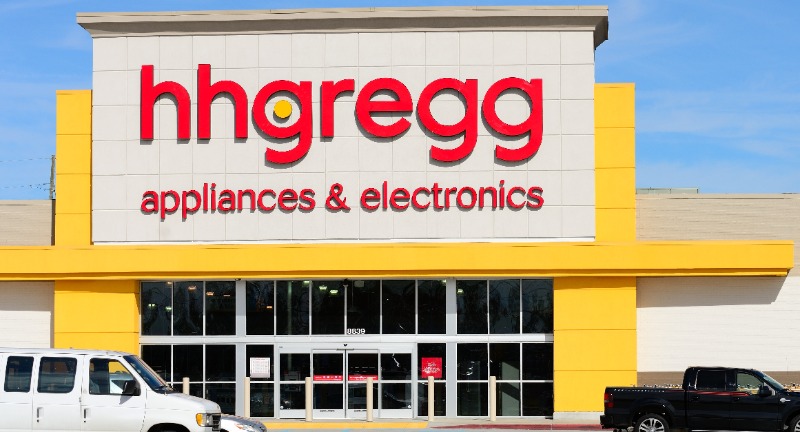
Shutterstock
Founded in 1955, H.H. Gregg specialized in appliances, electronics, and home entertainment products. Known for its knowledgeable staff and a wide selection of products, it was a strong competitor to national chains like Best Buy. However, missteps in expansion and the inability to compete with online retailers led to its bankruptcy and store closures in 2017. Its absence is still felt by those who appreciated its service-oriented approach to electronics retail.
Sports Authority

Shutterstock
Sports Authority was a leading sporting goods retailer, offering equipment and apparel for a wide range of activities. Founded in 1987, it became a favorite for athletes and fitness enthusiasts seeking quality products. However, competition from specialty stores and online platforms forced it into bankruptcy in 2016. Its closure marked the end of a retailer that had served as a reliable destination for sporting needs for nearly three decades.
Sears
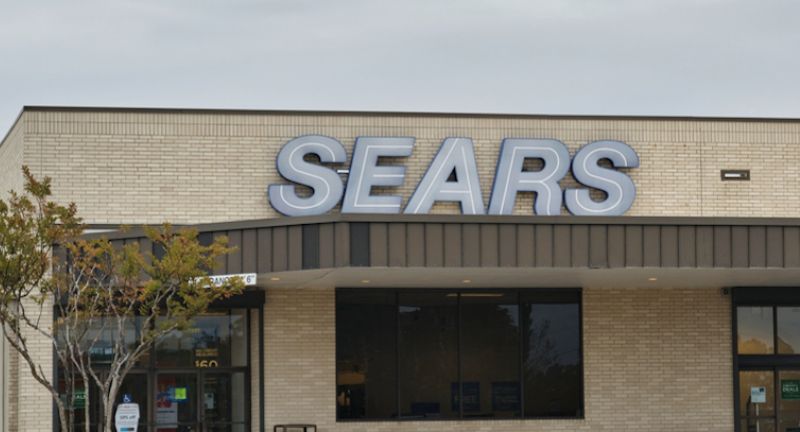
iStock
Sears was a pioneer in American retail, originally founded as a mail-order catalog in 1893, which provided rural families access to urban goods. The brand grew into the largest retailer in the world, selling everything from tools and appliances to fashion and furniture. However, after decades of declining sales and mounting debt, Sears struggled to adapt to changing consumer habits and filed for bankruptcy in 2018. Today, only a handful of stores remain, a stark contrast to the once-mighty retail giant.
JCPenney
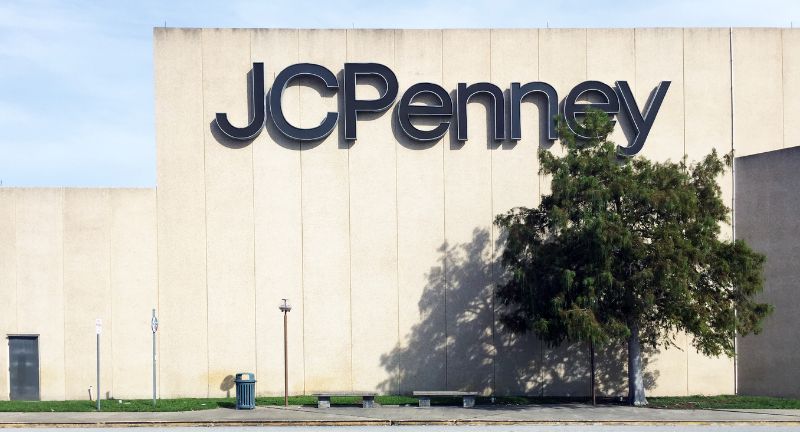
iStock
Founded in 1902 by James Cash Penney, JCPenney became known for offering quality clothing and home goods at affordable prices, becoming a staple in American malls. Its wide range of merchandise and catalog sales made it a go-to for millions of families across the country. However, the rise of online shopping, coupled with management missteps and mounting debt, led JCPenney to declare bankruptcy in 2020. While it has since emerged from bankruptcy, its presence is a shadow of its former self.
Conclusion
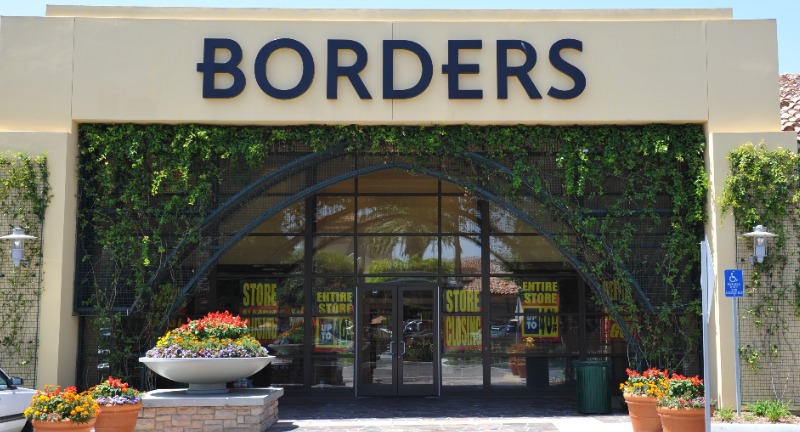
Shutterstock
The closure of these once-iconic retail stores highlights the constant evolution of the retail industry and the impact of technological advancements and changing consumer preferences. While many of these chains may be gone, they left a lasting impression on American shopping culture and hold a special place in the memories of those who frequented them. Their stories serve as a testament to both the opportunities and challenges faced by retailers in an ever-changing market. As new trends and innovations continue to shape the future of retail, the legacy of these defunct stores will endure as a reminder of a bygone era.

 Entertainment3 weeks ago
Entertainment3 weeks ago
 Celebrity News5 days ago
Celebrity News5 days ago
 Celebrity News5 days ago
Celebrity News5 days ago
 Celebrity News1 month ago
Celebrity News1 month ago
 News5 days ago
News5 days ago
 News6 months ago
News6 months ago
 Entertainment2 months ago
Entertainment2 months ago
 Entertainment3 weeks ago
Entertainment3 weeks ago



























